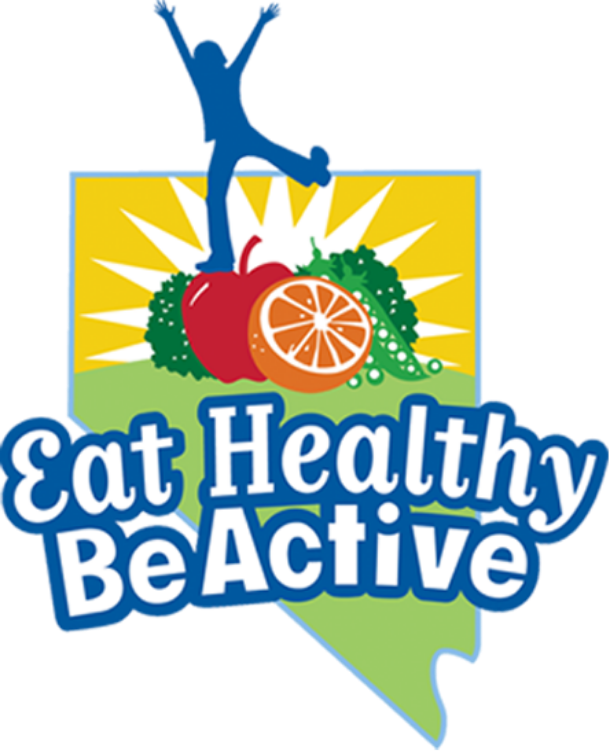As summer approaches, kids may be spending more time outdoors and playing sports. Sometimes kids don’t recognize when they need more fluids until they start feeling poorly. Keep reading to learn how to help your kids stay hydrated and feeling their best when they are on the move.
The amount of water a child needs is based on their age, weight, level of activity, and temperature. The best way to tell if your child is adequately hydrated is if they are taking regular bathroom breaks. Their urine should be a light straw color. Dark urine (like the color of apple juice) is a sign of dehydration. Other signs of dehydration include headache, poor concentration, dry mouth, flushed skin, constipation and tiredness. If the dehydration is severe, they may experience cramps, lightheadedness, and a rapid pulse. Don’t hesitate to call your pediatrician if you are concerned about your child being dehydrated.
One way to keep your kids hydrated is to offer them tap water often. It’s convenient, inexpensive, and refreshing. If your kids don’t like the taste of tap water, consider one of these recipes. Kids need more water when it’s hot outside, and when they are active. Get in the habit of bringing a reusable water bottle with you and reminding young kids to take regular water breaks. Sports drinks are sugary drinks and are rarely necessary. Most kids can get the recommended amounts of water and electrolytes by drinking fluids often and eating a wide variety of foods from each food group.
Keeping your kids hydrated can be easy. Try serving tap water iced cold. Keep a pitcher of water in your refrigerator. In addition to water, offer your kids plenty of fruits and vegetables. They are hydrating and can be a refreshing snack.
This article was written and reviewed by Rethink Your Drink Nevada’s team of dietetic professionals.
